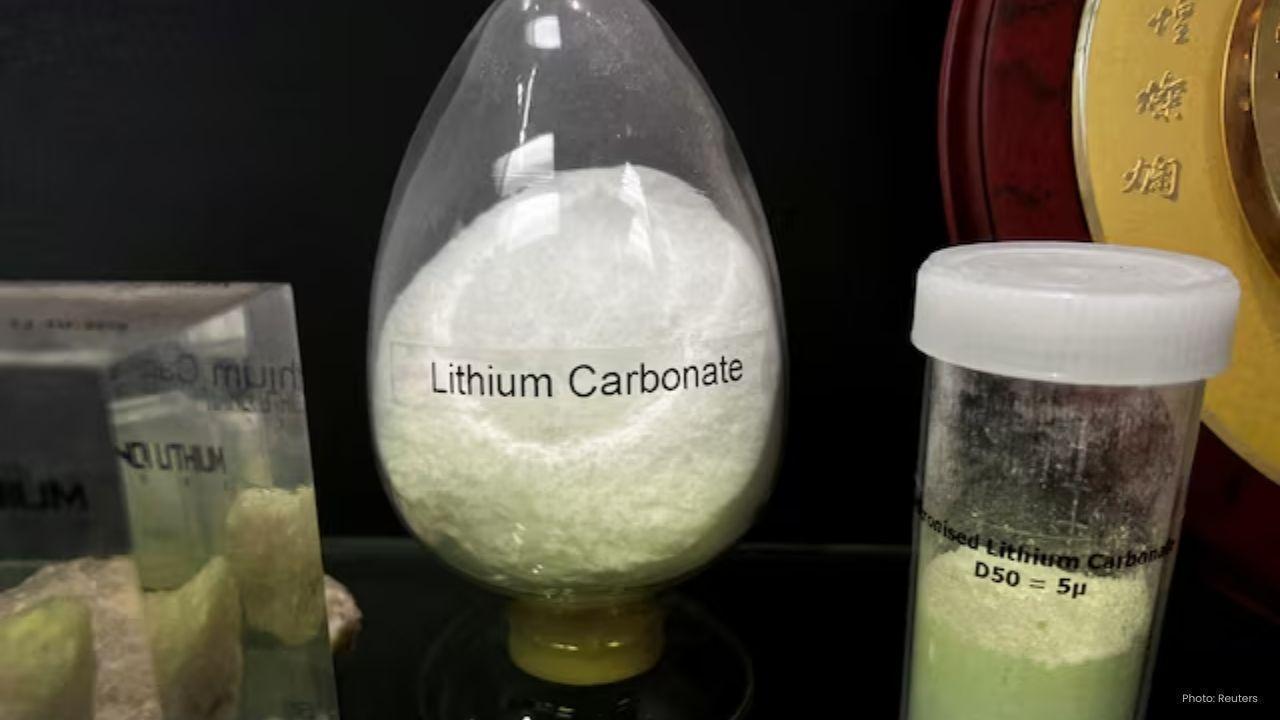
Post by : Vansh
More than five decades after Neil Armstrong left the first human footprints on the lunar surface, space agencies and private companies are preparing to take the next bold step—landing humans on Mars. What once seemed like the stuff of science fiction is now rapidly becoming a plausible mission. As we shift our focus from moon dust to Mars dust, humanity is inching closer to its next giant leap in the story of space exploration.
In July 1969, the Apollo 11 mission made history. Neil Armstrong and Buzz Aldrin walked on the Moon, leaving behind not only footprints but also a legacy that still inspires generations. The powdery moon dust beneath their boots symbolized triumph over technological limitations and geopolitical rivalry.
These early missions weren’t just symbolic. They laid the foundation for everything that came after—fueling research, boosting innovation, and shaping global perceptions of what humanity could achieve. But for all its glory, the Moon was just the beginning. The desire to explore deeper into the cosmos has persisted ever since.
Mars is the most Earth-like planet in our solar system. It has seasons, polar ice caps, and evidence that liquid water once flowed on its surface. More importantly, its day length and gravity are somewhat similar to Earth's, making it a promising candidate for human habitation. But reaching Mars isn’t just about exploration—it's also about survival and expansion.
Experts believe that becoming a multi-planetary species is essential for the long-term survival of humanity. Risks such as asteroid impacts, nuclear war, or environmental collapse highlight the need for a planetary backup plan. Mars dust, once a distant dream, may one day cling to the boots of our descendants as they step onto a new world.
While a crewed Mars mission remains one of the most ambitious goals ever attempted, we're getting closer every day. Space agencies like NASA, ESA, and private pioneers like SpaceX are developing the tools needed for interplanetary travel.
NASA’s Artemis program is preparing to return humans to the Moon as a testing ground for future Mars missions. Meanwhile, SpaceX is working on its Starship spacecraft—designed specifically to carry cargo and humans to Mars. These missions will allow us to test life support systems, radiation shielding, and landing technologies—all critical to surviving on the Red Planet.
Additionally, robotic missions like the Mars Perseverance Rover are already collecting data, analyzing soil, and searching for signs of ancient microbial life. Every grain of Mars dust examined tells us more about the planet’s past, and potentially, its future.
Landing on Mars and surviving there presents immense challenges. The thin atmosphere means less protection from cosmic radiation. Dust storms can last for months and cover the entire planet. And gravity, only 38% of Earth’s, could affect human health over time.
Moreover, transporting humans, habitats, food, and supplies over millions of kilometers will require innovations in propulsion, energy systems, and artificial ecosystems. Settlers must learn to grow food, recycle water, and create oxygen—all using Martian resources.
Yet, solving these problems will not only make Mars colonization possible, but also push Earth technologies to new heights. From renewable energy to autonomous robotics, the benefits will ripple back to our home planet.
This article is intended for educational and informational purposes only. The content reflects current scientific research, technological developments, and future mission plans that may evolve over time. Readers are encouraged to consult official space agency sources for the most up-to-date information. This article is published by MiddleEastBulletin and does not represent official space policy or mission confirmation.










Pageau's Overtime Goal Propels Islanders to 4-3 Victory Over Golden Knights
In a thrilling overtime finish, Jean-Gabriel Pageau leads the Islanders past the Golden Knights 4-3,

MLB Awards: deGrom and Acuna Jr. Shine as Comeback Players
Jacob deGrom and Ronald Acuna Jr. celebrated MLB Comeback Player Awards, alongside Ohtani and Judge

Portugal Confronts Ireland in Pivotal World Cup Qualifier
Portugal, led by Cristiano Ronaldo, faces Ireland in a vital Group F World Cup qualifier that could

Haaland's Brilliance Leads Norway to 4-1 Victory Against Estonia
Erling Haaland showcases leadership as Norway crushes Estonia 4-1, boosting their World Cup ambition

Hawks Triumph Over Jazz; Suns and Raptors Secure Victories
Hawks' Onyeka Okongwu and Jalen Johnson lead in a thrilling win against Jazz; Suns and Raptors also

Indian Men's Recurve Team Clinches First Asian Gold in Nearly Two Decades
The Indian men's recurve team triumphed over South Korea, securing their first Asian gold in 18 year